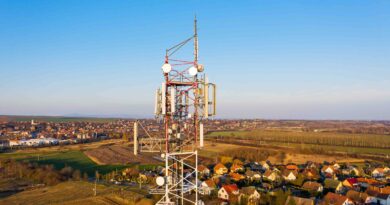New Federal Strategy To Develop Zero-Emission Infrastructure Along Freight Corridors
The federal government released the first-ever National Zero-Emission Freight Corridor Strategy (the “Strategy”) on March 12, 2024. The Strategy prioritizes investments, planning and deployment for medium- and heavy-duty vehicle charging and fueling infrastructure in an effort to advance zero-emission freight along our nation’s corridors marking a pivotal step towards a sustainable and scalable transportation infrastructure.
According to JD Supra, The 300-page Strategy, developed by the Joint Office of Energy and Transportation and Department of Energy (“DOE”), in collaboration with the Department of Transportation (“DOT”) and the Environmental Protection Agency (“EPA”), is designed to guide the deployment of zero-emission medium- and heavy-duty vehicle (“ZE-MHDV”) charging and hydrogen fueling infrastructure from 2024 to 2040 through a phased approach. According to the Strategy’s “National Vision,” delivering ubiquitous and convenient access to electric vehicle (“EV”) charging and hydrogen refueling along our nation’s freight corridors, and at truck depots within freight hubs, is key to successfully deploying ZE-MHDVs.
In addition to listing schedules and the specific freight hubs identified for the different phases of deployment, this Strategy lays out an all-of-government approach to aligning investments and accelerating sustainable and scalable deployment of reliable ZE-MHDV infrastructure. Notably, a core objective of the Strategy is to meet freight truck and technology markets where they are today, determine where they are likely to develop next, and set an ambitious pathway that mobilizes actions to achieve decarbonization. Therefore, the Strategy recognizes that last mile delivery vehicles and smaller trucks (Class 4 through 6) are more likely to be the beneficiaries of this infrastructure development plan in the short term and the transition to zero-emission heavy-duty (e.g., Class 7 and 8) trucks is a longer term objective. In an effort to achieve this overall objective, the Strategy is designed to address growing market demands by targeting public investment to (1) amplify private sector momentum; (2) focus utility and regulatory energy planning; (3) align industry activity; and (4) improve air quality in communities heavily impacted by diesel emissions.






